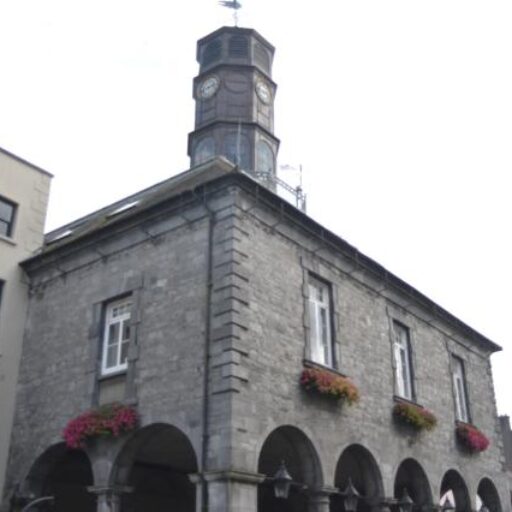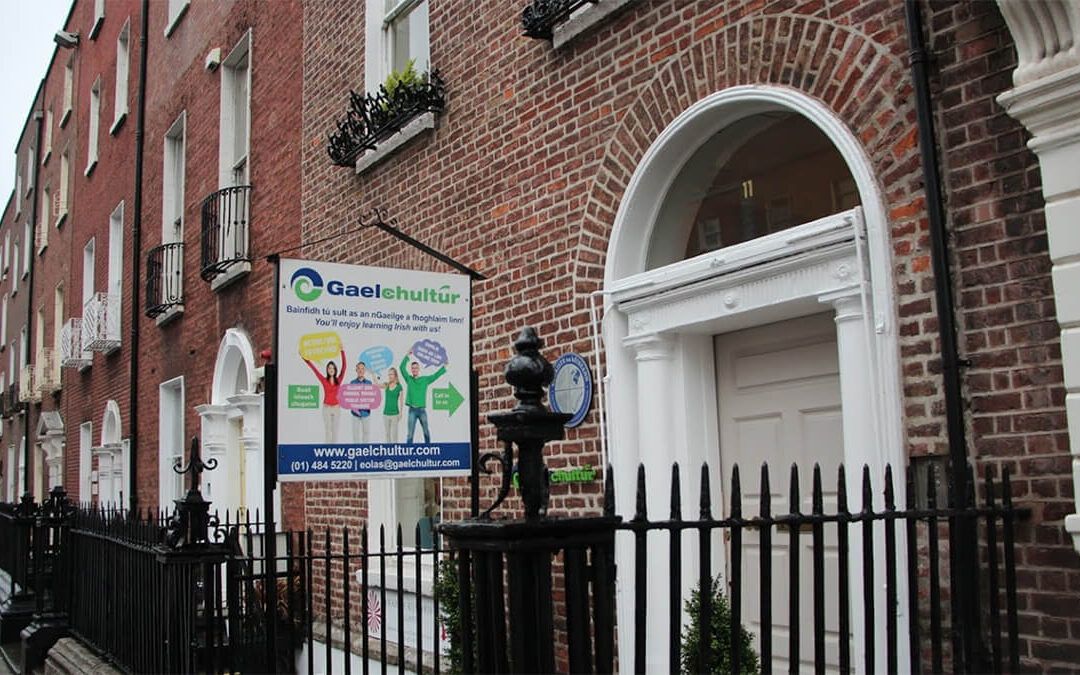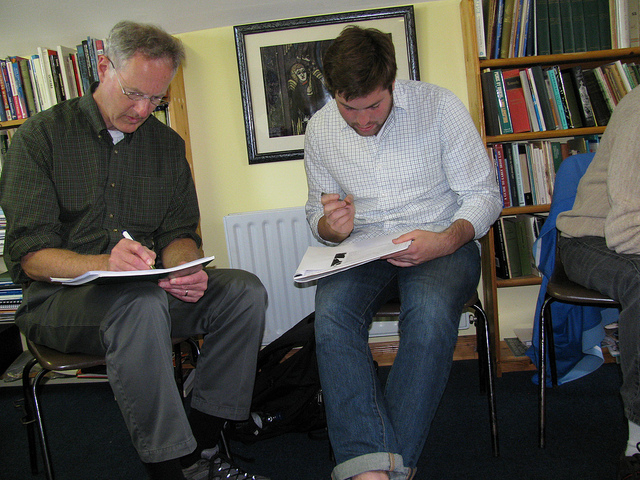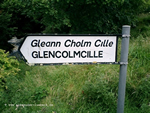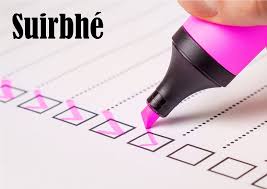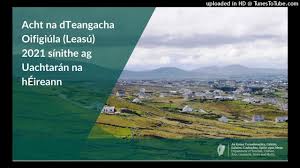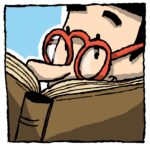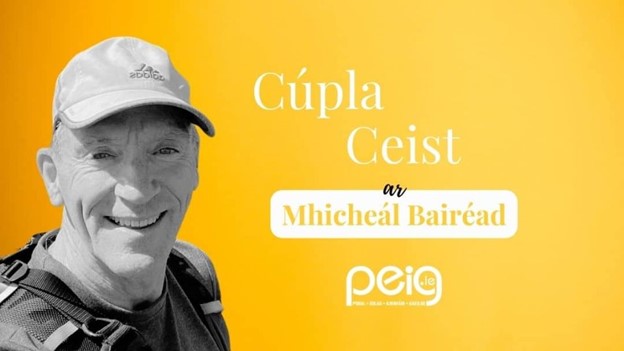
A few questions for me!
A few questions for me!
A project I've been working on has finally reached completion, and my site www.mickgb.com is now live. Initially, I put together the site to put my weekly columns for the 'Kilkenny People' online, so that they would all be easily available online.
It is a bilingual site, with an Irish and English version available for every article I have written in the last few years. A soundtrack is available, using artificial intelligence (AI) to read out the Irish text. And teanglann.ie is also available, so you can click on a word to find out its meaning, right on the page you're reading. I've archived all my columns on the site, as I've written nearly three hundred of them up to now. It occurred to me that I would be able to upload my father's writings as well, and I filled another archive with 805 columns from him.
This is an illustration of what one person can do on their own to help revive the language.
I have been in contact with www.peig.ie regarding my site, and they asked me a few questions. They published the questions and my answers in a column on their site, and the same column follows.
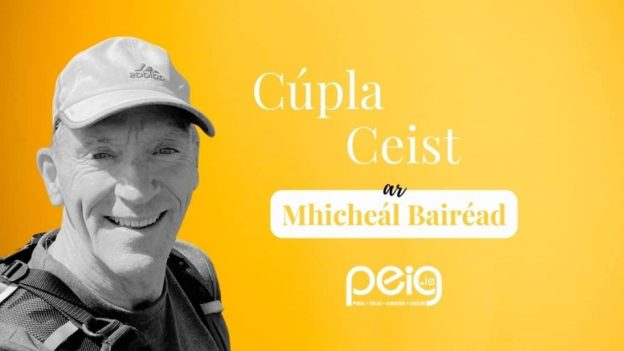
A Few Questions for Micheál Bairéad
Mícheál Bairéad is a writer and columnist who founded a bilingual website as an archive of his writings, mickgb.com. We asked him a few questions about his website and his background as a writer.
Tell us a bit about yourself.
My name is Micheál Bairéad and I am an Irishman who has lived in the United States for many years. Although I was born in County Mayo, I grew up in Dublin and Kilkenny. I spend a lot of time in Ireland, and I enjoy attending Irish immersion courses every chance I get. After I retired from my job as an electronic and computer engineer, I was able to revive my Irish.
When did you start writing?
My father was a weekly columnist for 40 years, writing for the local paper called 'Kilkenny People'. As my father got older I started helping him. Before long he was my editor, and I was the writer. My father passed away at the end of 2019, but I continued with the column, which I am still writing.
What inspired you to set up the site mickgb.com?
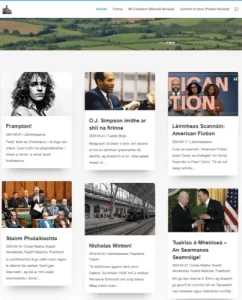 Although the paper has an internet site, my column was not available there. I asked the paper's staff to provide my columns, but only a few appeared on the site, and they were not easy to find. Also, Irish speakers in Kilkenny were interested in being able to access my columns online.
Although the paper has an internet site, my column was not available there. I asked the paper's staff to provide my columns, but only a few appeared on the site, and they were not easy to find. Also, Irish speakers in Kilkenny were interested in being able to access my columns online.
It is precisely for these reasons that I decided to put together my own site. It occurred to me that there would be other benefits as well. I would be able to store a collection of my writings online. And I would also be able to store my father's collection of writings on the site, because he had written a lot that I had on my computer. I designed and developed a website for a non-profit organization when I first retired, so I knew website technology. I got to work and before long my site was up and running. I made revisions and changes after that.
What was the biggest challenge you faced with the project?
My biggest challenge now is to advertise my site publicly, to promote the use of the language, and to help people who are learning or improving their Irish.
You said that your father, Peter Barrett, was also a writer. Tell us a bit about him and his writing.
 Peadar Bairéad was born in Erris in north-west County Mayo and lived in Kilkenny until his death in 2019.
Peadar Bairéad was born in Erris in north-west County Mayo and lived in Kilkenny until his death in 2019.
Peadar Bairéad was an Irish teacher, and a writer of prose and poetry. Four collections of his poetry (Duilleoga Fómhair, Cleití na hAislinge, Fataí Rómhair agus An Fómhar Deireanach) have been published, as well as his autobiography (Doirse Dé). A fair amount of his poetry was on school and student curricula. Peadar's writings have been published in many magazines, including Feasta, Comhar, An Sagart, An Timire, Anois, and Scéala Éireann. He was also a weekly columnist for the Kilkenny People, from 1979 – 2018. 805 of his columns are available on my site.
To read Micheál and Peadar's writings, visit mickgb.com.
I hope you enjoy my site, and tell others about it!
